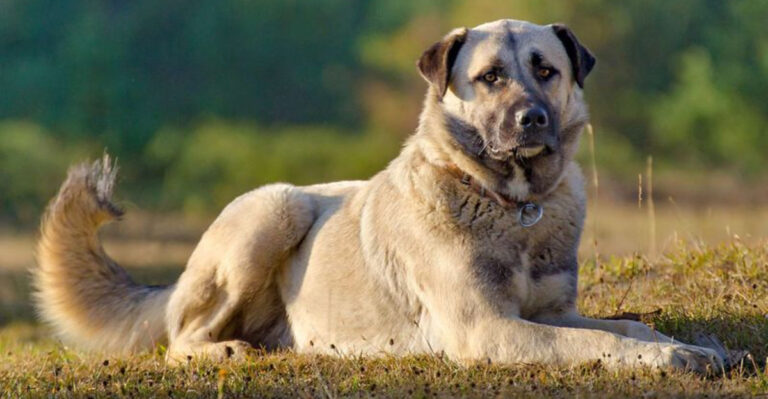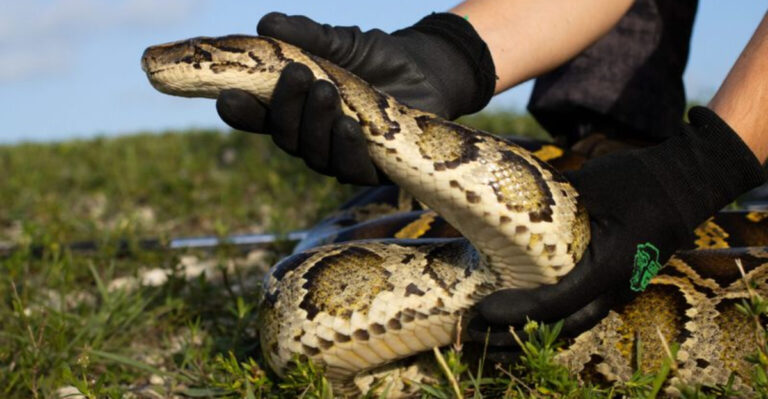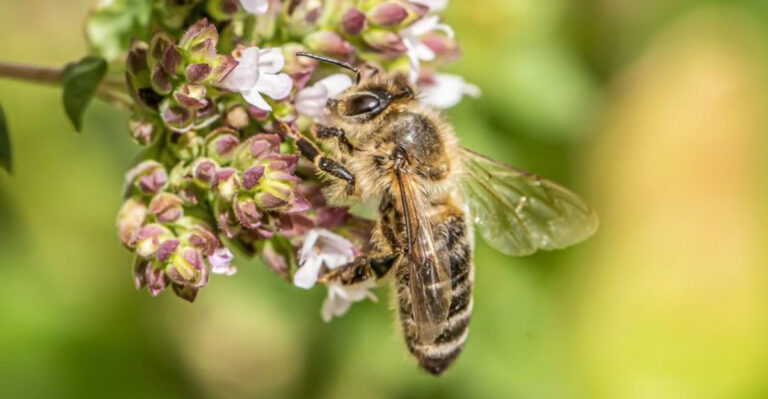How Fire Goats Are Reducing Wildfires One Bite At A Time

Across fire-prone regions, a four-legged solution is quietly transforming how we prevent wildfires. Herds of hungry goats are becoming nature’s firefighters, munching through dangerous vegetation before it can fuel devastating blazes.
These hard-working animals offer an environmentally friendly alternative to machinery and chemicals while tackling terrain that humans simply can’t reach.
1. Goats Eat What Machines Can’t Reach
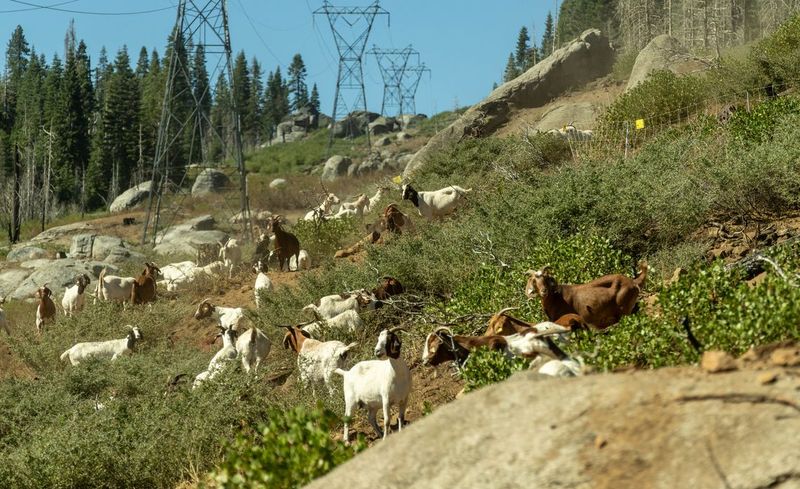
Nimble-footed and fearless, goats navigate terrain that would stall even the most robust machinery. Their ability to climb steep slopes and maneuver through dense brush makes them invaluable in wildfire prevention.
While tractors might tip over on a 30-degree incline, goats simply see it as another dining opportunity. Their natural climbing abilities allow them to create firebreaks in previously inaccessible areas.
2. They Devour Highly Flammable Plants
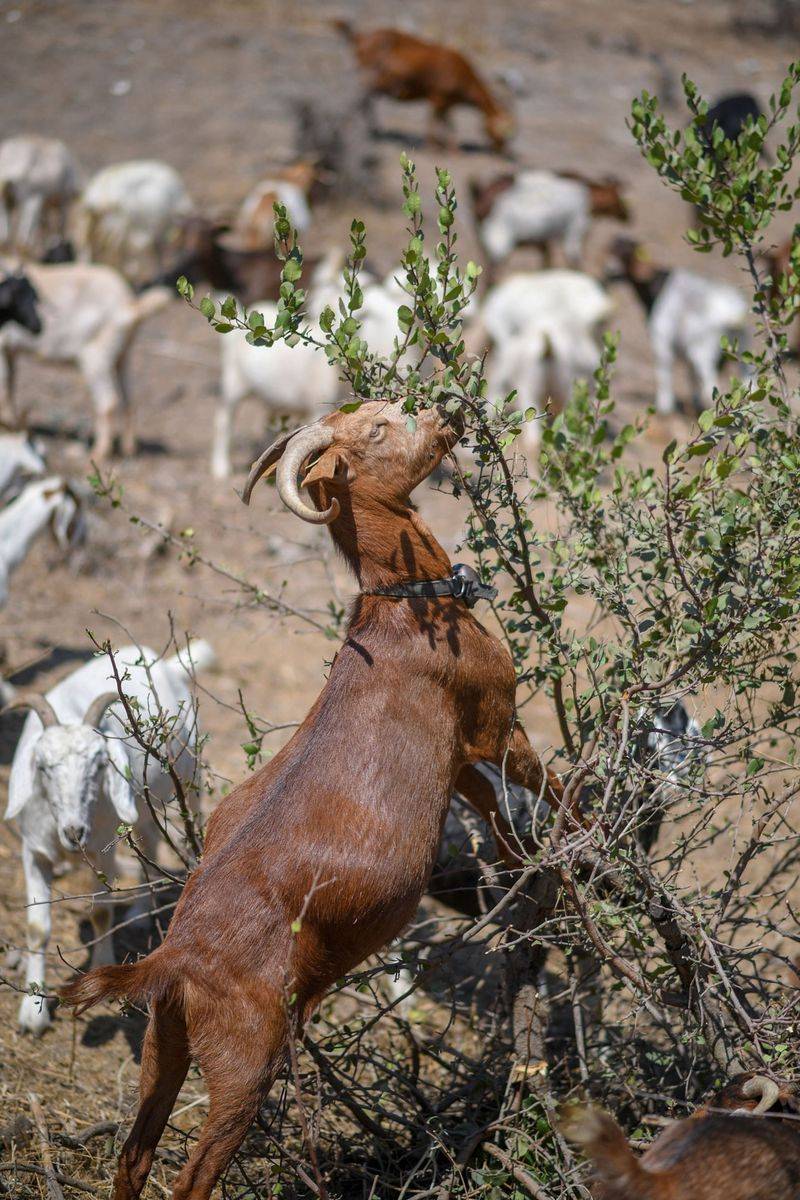
Cheatgrass, star thistle, and dry chaparral create perfect wildfire kindling. Fortunately, these plants happen to be goat delicacies! A hungry herd can reduce vegetation height by 90% in just a few days.
Their unique digestive systems allow them to consume plants that other animals avoid. Each goat can clear nearly 8-10 pounds of flammable vegetation daily, transforming fire hazards into fertilizer.
3. Firebreaks Made By Goats Slow Blazes
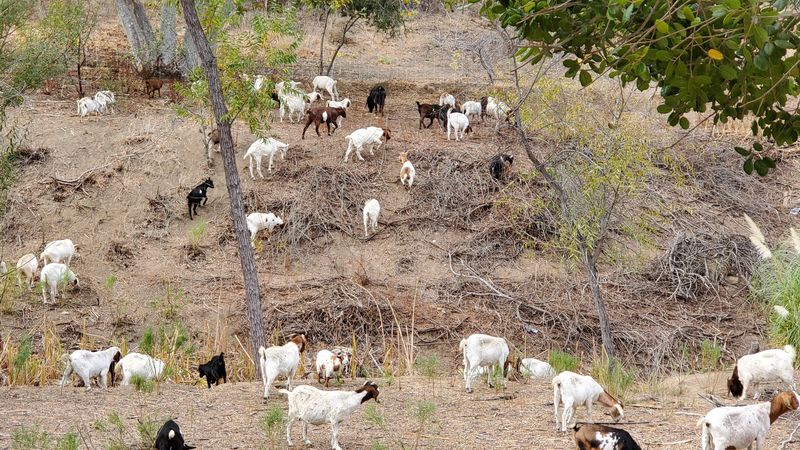
Strategic grazing creates natural barriers that can stop wildfires in their tracks. When flames hit these cleared zones, they lose momentum and intensity, giving firefighters precious time to respond.
Land managers strategically position goat herds to create defensive perimeters around vulnerable communities. These living lawnmowers can clear 1-2 acres daily, establishing firebreaks that may save countless homes during fire season.
4. Their Hooves Help Mulch The Soil
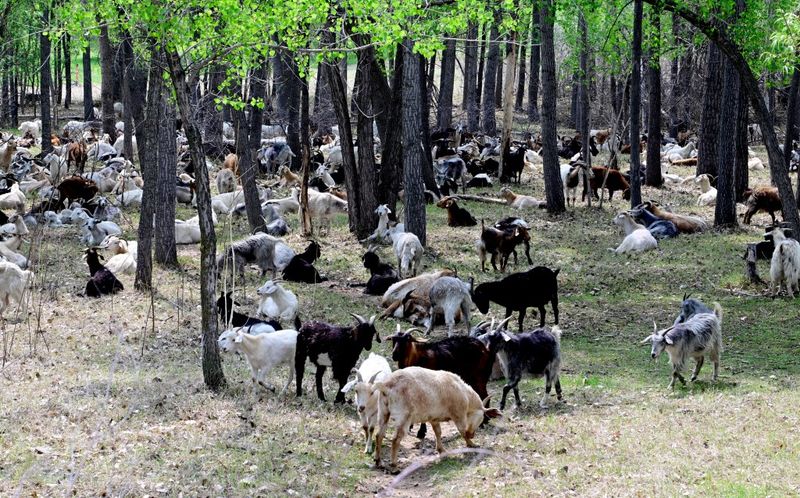
Those tiny hooves pack a powerful punch against wildfire threats. As goats move across the landscape, they naturally till vegetation into the soil, accelerating decomposition and reducing above-ground fuel loads.
This trampling action creates a natural mulch layer that holds moisture in the soil. Unlike machinery that compacts earth and damages root systems, goat hooves aerate the ground while distributing seeds of native plants.
5. Goats Don’t Need Gas Or Repairs
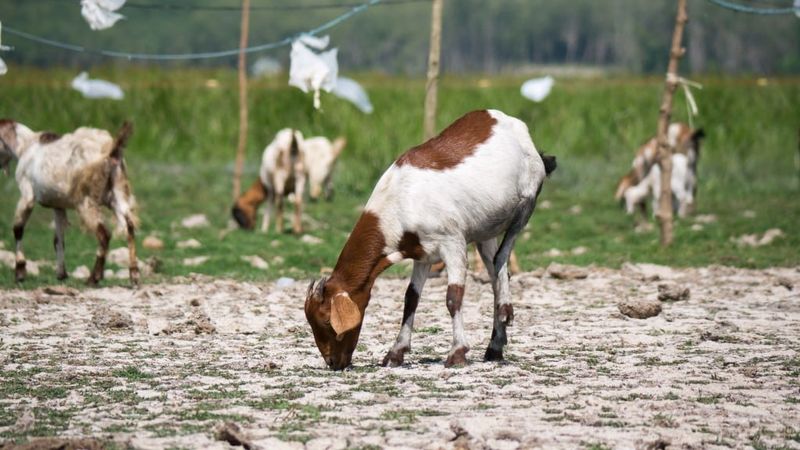
Running a fleet of brush-clearing equipment burns through fuel, maintenance budgets, and produces emissions. Goats run on vegetation alone, converting fire hazards directly into energy with zero carbon footprint.
When machinery breaks down, work stops completely. A goat might take an occasional rest under a tree, but the herd keeps working from sunrise to sunset. Their self-sustaining nature makes them ideal for remote locations without access to repair services.
6. Herds Can Be Moved Easily Between Jobs
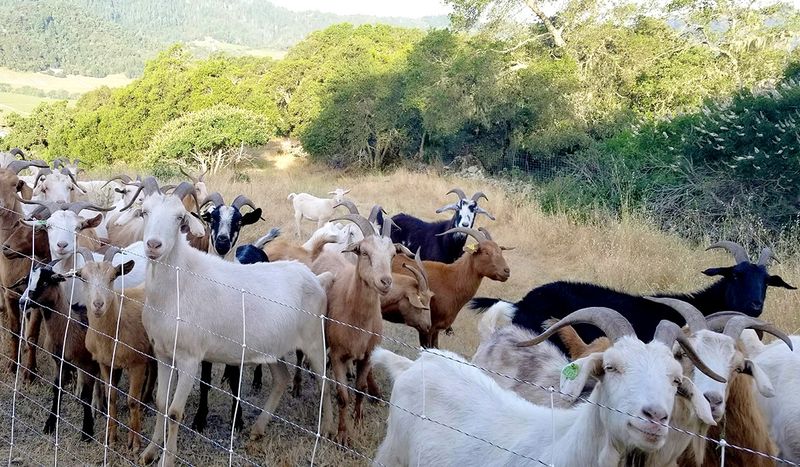
Modern goat operations have mastered the art of mobility. Using lightweight electric fencing and trained herding dogs, professional goat contractors can relocate entire herds overnight to new priority areas.
Portable water systems and mobile shelters allow goats to work in remote locations for weeks. This flexibility means firefighting agencies can rapidly deploy these four-legged firefighters wherever vegetation management is most urgently needed.
7. Goats Are Being Used In Cities, Too
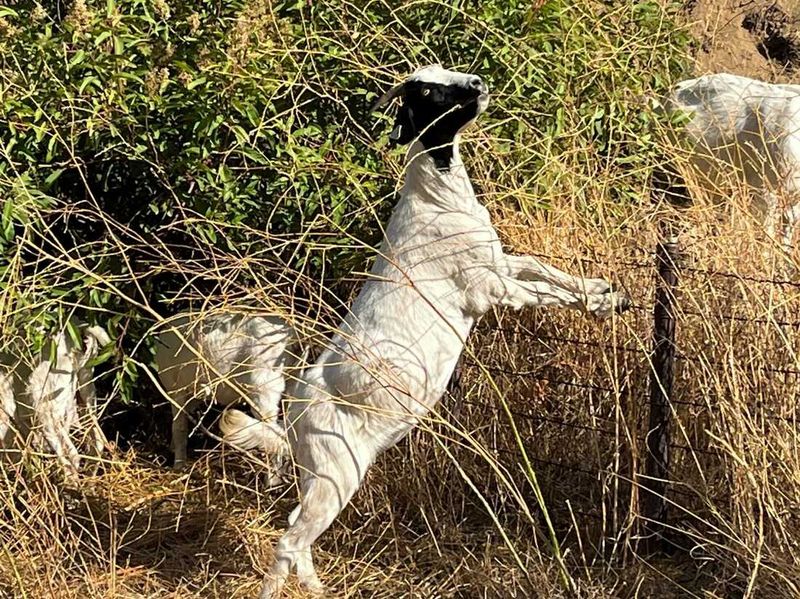
Urban wildfire risk zones are getting the goat treatment across America. From Seattle to Austin, city managers are hiring goat crews to clear overgrown parks, utility corridors, and municipal properties.
Google famously employs goats at their Mountain View headquarters to maintain firebreaks. Urban goat projects serve double duty – reducing fire danger while creating unique educational opportunities for city residents who rarely interact with working animals.
8. They Help Control Invasive Species
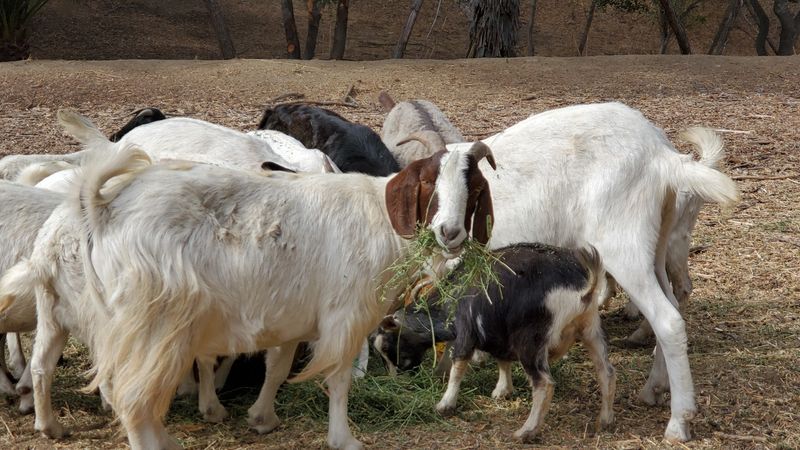
Aggressive non-native plants often outcompete native vegetation, creating dense, fire-prone thickets. Goats show particular enthusiasm for many invasives like Himalayan blackberry, kudzu, and yellow star thistle.
Repeated grazing weakens these unwanted plants over time. By targeting invasives during specific growth stages, goat herds can reduce seed production and gradually restore natural ecosystem balance, creating landscapes that are both more fire-resistant and ecologically healthy.
9. They’re Safer Than Burning Or Chemicals

Prescribed burns come with significant risks – just ask anyone who’s seen a controlled burn jump containment lines. Chemical herbicides bring environmental concerns and potential health impacts.
Goats offer a middle path with minimal downsides. They work in high wind conditions when burns would be dangerous. Their selective grazing preserves native plant diversity better than broad-spectrum herbicides, and they leave no chemical residue behind.
10. Firefighting Agencies Are Getting Involved
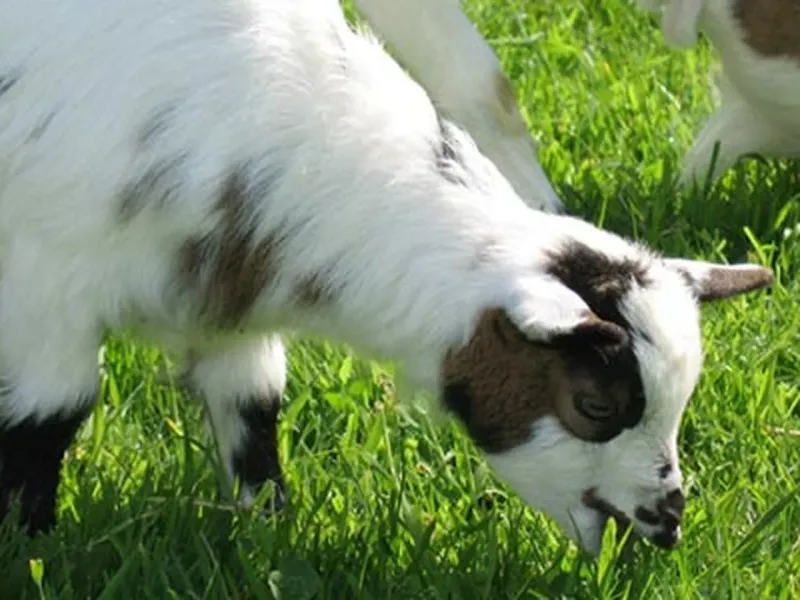
CalFire now includes goat grazing in their official wildfire prevention toolkit. Forward-thinking fire departments are establishing their own goat programs or partnering with local herders to protect vulnerable communities.
Some municipalities offer grants to neighborhoods that pool resources for goat-based vegetation management. This integration of traditional firefighting approaches with targeted grazing represents a promising evolution in how we think about wildfire defense strategies.
11. Goat Grazing Is Cheaper Than You Think
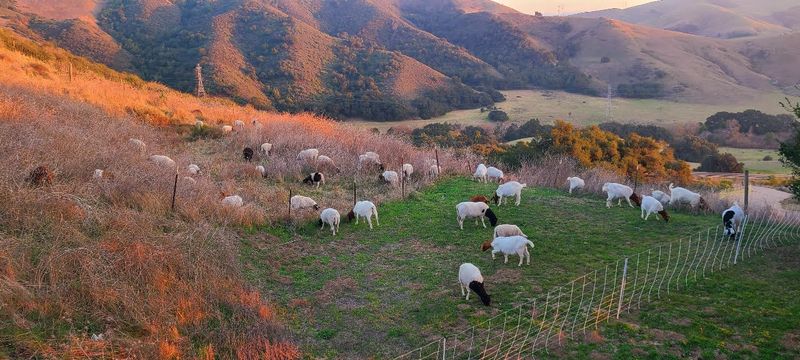
Cost comparison studies consistently show goats winning the budget battle against mechanical clearing. A typical goat operation costs $500-1,000 per acre depending on terrain difficulty – often half the price of machinery on challenging landscapes.
Labor costs for mechanical clearing continue rising, while goat pricing remains stable. Many landowners discover additional savings in reduced erosion damage and decreased need for follow-up treatments since goats target resprouting vegetation.
12. They’re A Hit With The Public
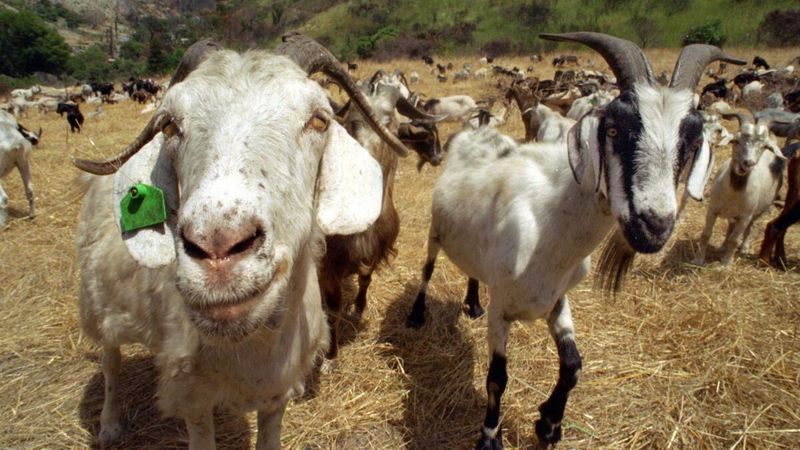
Few wildfire prevention methods attract enthusiastic crowds, but goats draw families from miles around! Their presence creates natural opportunities for community education about fire safety and land stewardship.
Children who might never engage with technical information about defensible space eagerly absorb these lessons when delivered alongside goat interactions. Public works departments report unprecedented social media engagement and positive press coverage when they incorporate goats into their fire prevention strategies.

